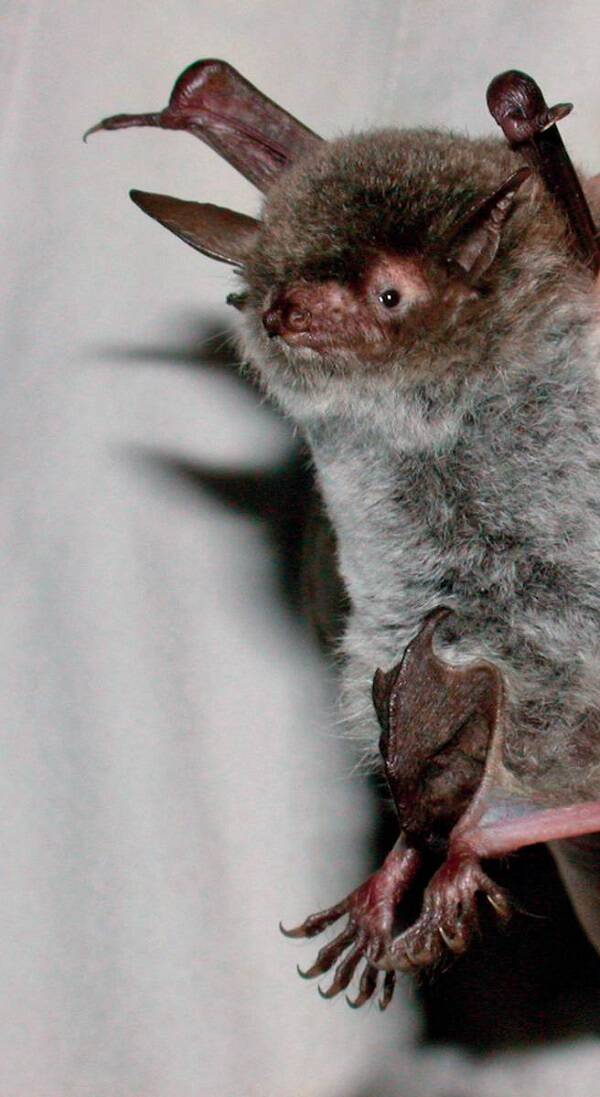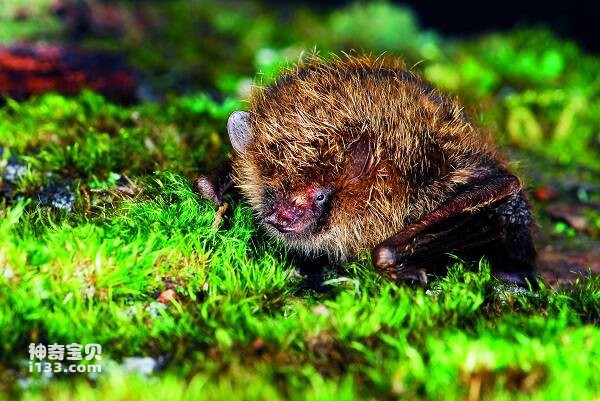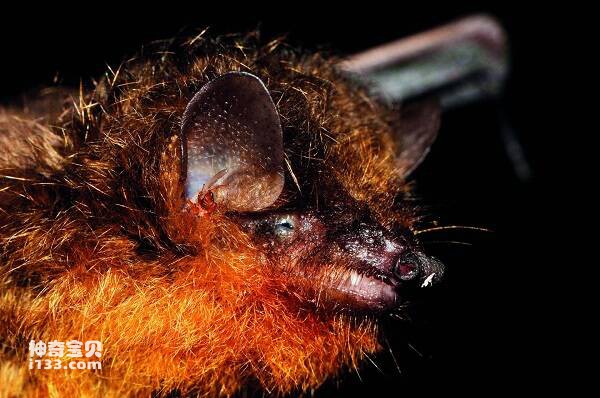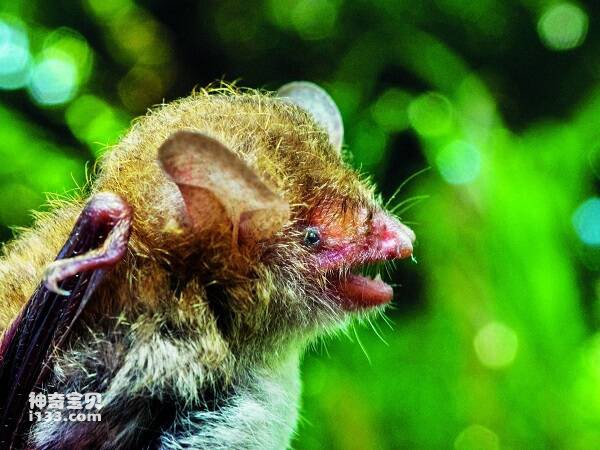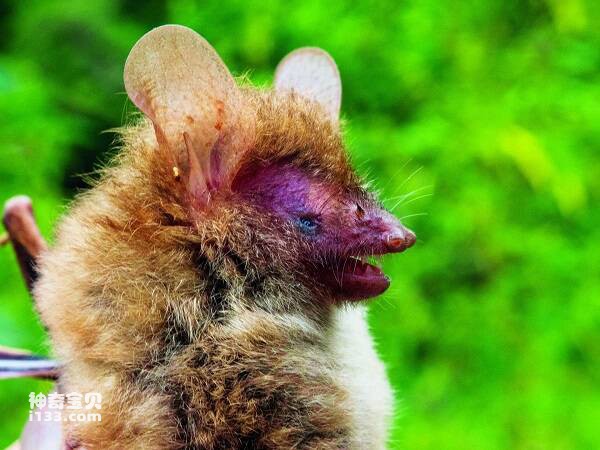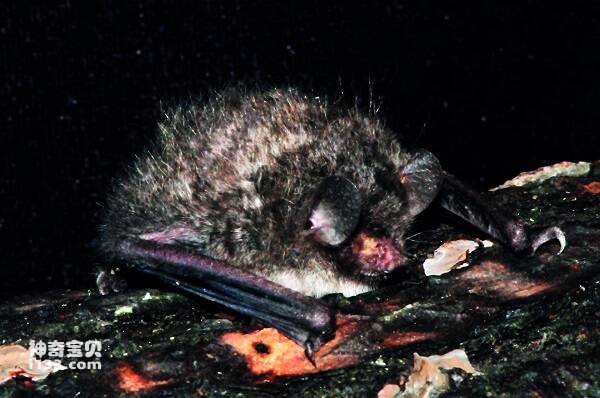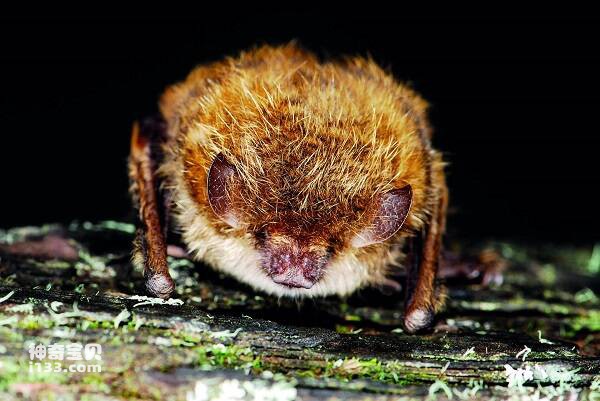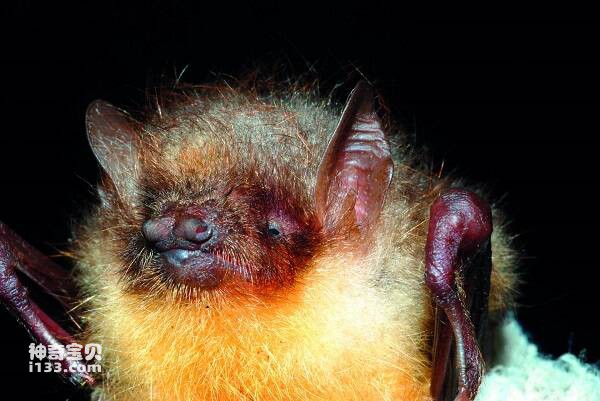Myotis hasseltii
IUCN
LCBasic Information
Scientific classification
- name:Myotis hasseltii
- Scientific Name:Myotis hasseltii
- Outline:Chiroptera
- Family:Chiroptera Batidae Myotis
Vital signs
- length:53-58mm
- Weight:
- lifetime:
Feature
Distribution and Habitat
It is found in China only in Maitreya, Yunnan Province. Abroad, it is mainly distributed in India, Sri Lanka, Myanmar, Thailand, Vietnam, Malaysia and Indonesia's Sumatra, Mentawai Islands, Riau Islands, Java Island, Kalimantan Island.
Appearance
Medium to small size. Head length 53-58mm. Forearm length 38-43mm. Body hair is short and soft; The dorsal hair is grayish brown and slightly white, the tip gray, the base dark brown to black; The ventral hairs are light in color, gray in tip and dark in base. The ears are dark brown, broad and short, the leading edge is smooth, the trailing edge is slightly concave, and the front end is blunt. The tragus is about half the height of the ear, with a blunt-pointed front end and a triangular protruding lobe at the base. The membranes of alion and interfemur are dark brown, hairless. The interfemoral membrane is broad and sharp at the posterior end; The alar membrane ends at the ankle. The distance is 8mm, equal to 1/3 of the posterior margin of the femoral membrane from the hind foot to the tail tip. The hind feet are relatively strong and large, more than half the length of the tibia, and the claws are fully developed, with a few sparse hairs on the back of each claw. The skull is medium
Details
Myotis horsfieldii belongs to the subgenus <Leuconoe> and is particularly similar to Myotis Horsfieldii, except that the pterygodes of the lesser megapodes end at the ankle, whereas the pterygodes end at the base of the metatarsal bone. The former has a wider skull and stronger teeth than the latter, with longer upper canine teeth, larger first premolar teeth, and wider upper molar crowns, but the upper molar teeth of both species are typical of Myotis.
In Thailand, both sexes live in small groups. In mangrove habitats, the bat flies low to the water surface to both prey on flying insects and pick up surface insects. The hind legs are relatively strong, presumably feeding on small fish on the surface. Since the use of strong hind feet for fishing has been demonstrated in studies of big-footed Myoetis bats, it remains to be further verified whether smaller giant bats also use their more developed hind feet for fishing.
